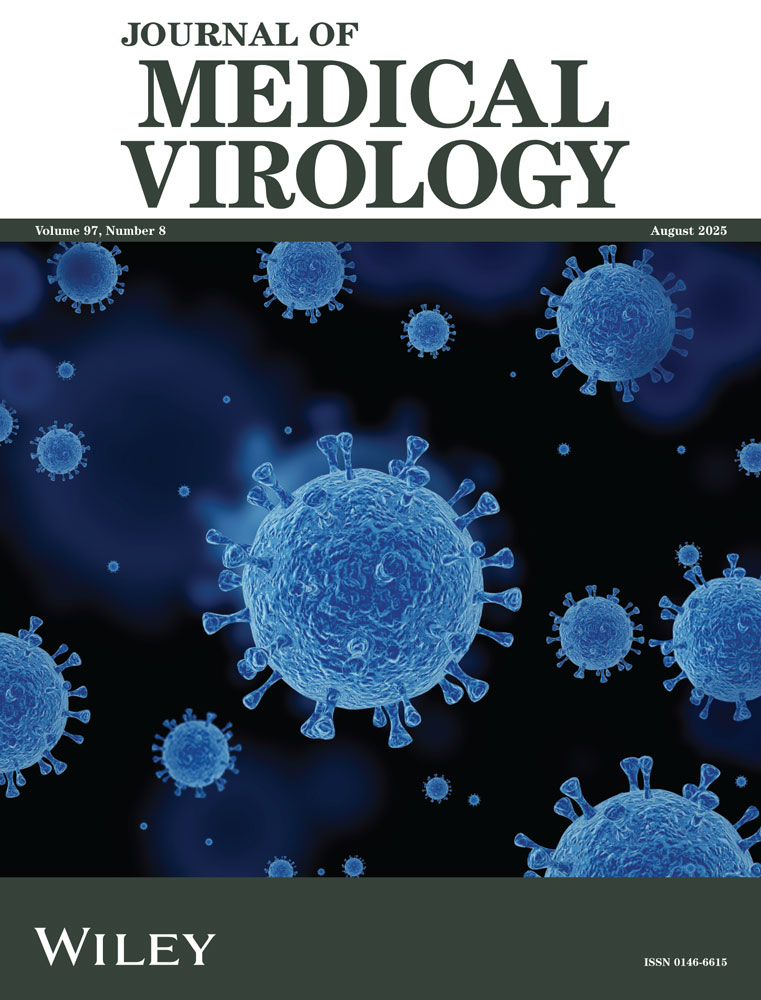Case report: T-cell responses during clearance of andes virus from blood cells 2 months after severe hantavirus cardiopulmonary syndrome†
The authors declare no conflict of interest related to this article.
Abstract
Hantavirus Cardiopulmonary Syndrome (HCPS) due to Andes virus (ANDV) is endemic in Chile and Argentina and currently demonstrates a case-fatality rate of 37% in humans. By contrast to the chronically infected rodents, it is believed that ANDV in humans is cleared during the acute phase. Moreover, to date, both magnitude and quality of human T-cell responses during ANDV infection and clearance are unknown. Using IFN-γ and granzyme B ELISPOT assays as well as flow cytometry, we prospectively studied the ANDV-specific T-cell responses in a 56-year-old convalescing survivor of severe HCPS, whose blood cells remained PCR-positive for ANDV-RNA until day 53 after hospital admission, that is, 67 days after infection and 42 days after discharge. PCR-negativity was closely related to the increase and function of (Gn46–60)-specific IFN-γ+ granzyme B+ CD8+ T-cells, but not to neutralizing antibody titers. Concurrently, the phenotype of CD45RA+CCR7− Gn46–60-specific T-cells shifted from a CD28−CD27+ “intermediate” to a CD28− CD27− “late” effector memory beyond day 53 after hospital admission. This is the first report that shows that ANDV can persist in the human hosts for more than 2 months. Moreover, the kinetics of T-cell responses during ANDV clearance may indicate a major role of T-cells for clearance of ANDV and human immunity to this pathogen. J. Med. Virol. 80:1947–1951, 2008. © 2008 Wiley-Liss, Inc.




